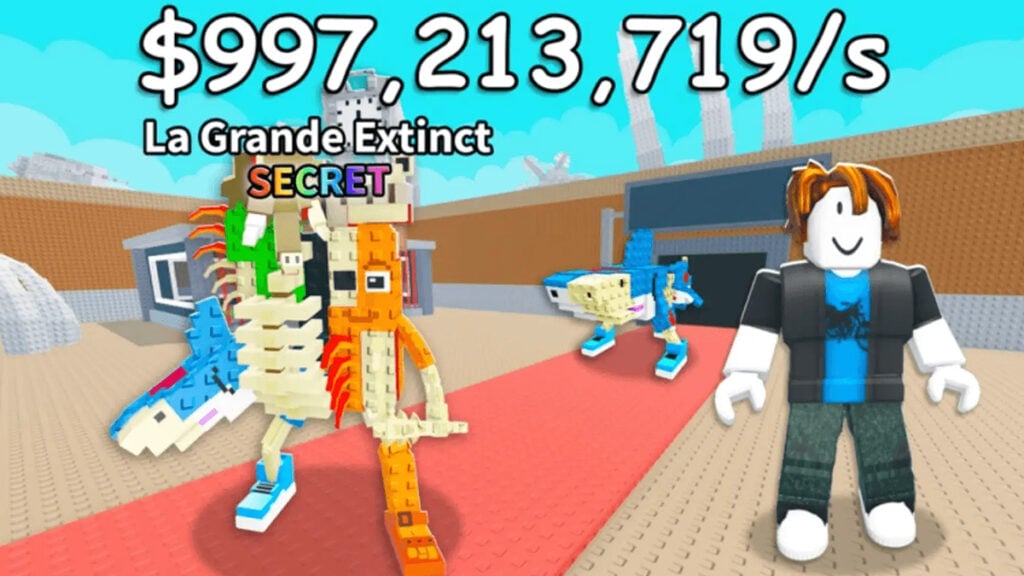A former Square Enix executive is making waves with bold claims about the issues of generative AI in gaming. He thinks the backlash is massively overblown, claiming that players — especially Gen Z — ‘do not care’ about how heavily AI is utilized during development. Jacob Navok, who left Square Enix for Genvid in 2016, took to X to share his view that games fueled by AI aren’t just tolerated. They’re absolutely thriving.
“Gen Z loves AI slop, does not care,” wrote Navok. “The upcoming generation of gamers are Bane in Dark Knight Rises saying ‘You merely adopted the slop, I was born in it.'”
He pointed to the popular Roblox game Steal a Brainrot, which reportedly peaked at 30 million concurrent players. “They were making $11m in July when they were half those concurrents. I could make the case that they’re on track to do $120m+ this year,” he added in a reply.
Outperforming successful new releases like ARC Raiders by ’80 times,’ the key point, he said, is that the characters originated from so-called ‘AI slop’ memes. It doesn’t help that storefronts like PlayStation Store, Nintendo eShop, and Steam keep being flooded by AI-generated content. To Navok, that disconnect says everything about where the audience really stands.

“I should add that in-game art and voices are merely the tip of the spear. Many studios I know are using AI generation in the concept phase, and many more are using Claude for code,” explained Navok. “It will be hard to find a non-indie title that isn’t using Claude.”
His sentiment is shared by former PlayStation exec Shuhei Yoshida, who said that even indies are adopting the tech. Meanwhile, Square Enix itself has openly stated it’s aggressively experimented with AI integration across multiple departments. It built an AI chatbot, Hisui-chan, uses a so-called Magic Generation System to streamline development, and plans for AI to handle 70% of QA.
Many AI critics frame the technology as a threat to artistic integrity, yet their arguments rarely extend to the coding side of development. When visual or voice assets appeared to have been made mechanically, the outrage spread like wildfire. But when AI helps write thousands of lines of code, hardly anyone cares. For Navok, the debate, it seems, isn’t evenly applied.
“Ignoring Claude’s AI use because it’s code while focusing purely on art shows that a lot of AI sentiment is being driven by emotion rather than logic,” said Navok.








